Estimated reading time: 6 minutes
Growing strawberries is one of the fastest pathways to becoming a successful fruit grower!
To start with, choose the right varieties for your climate. Preparing your soil and planting them at the right time will also set you up for success.
But once your strawberries are in the ground, what’s next?
Grow great strawberries with good soil
Strawberries will reward you with more fruit if the natural fertility system in your soil is alive and well.
Then, it’s a great idea to add nutrients every few weeks. Look after strawberry plants by sprinkling on some blood and bone, organic pellets, or worm castings.
You can also add liquid nutrients by watering your strawberry plants with compost tea, or tea made from worm castings.
Keeping strawberry plants healthy and productive
Strawberries are hands-down one of the best types of fruit for productivity. They start producing very quickly, from as little as 12 to 16 weeks if you plant good seedlings. Plants grown from seed will take a few weeks longer.
However, if you don’t get results the first year don’t despair. Give your plants another year to really settle into your garden before you decide whether they’re a variety worth pursuing.
The thing that makes them even more productive is that they self-reproduce. It’s a good idea to pinch off some of the runners in the early part of the season so they focus on fruit production. You can plant these out to increase the size of your berry patch. They also make wonderful gifts.
Strawberry plants tend to tire after three or four years of producing fruit. It’s a good idea to keep creating new plants to take over as you pull out spent plants.
Keeping new plants coming along each year maintains a healthy succession and helps to make your strawberry patch truly perennial.
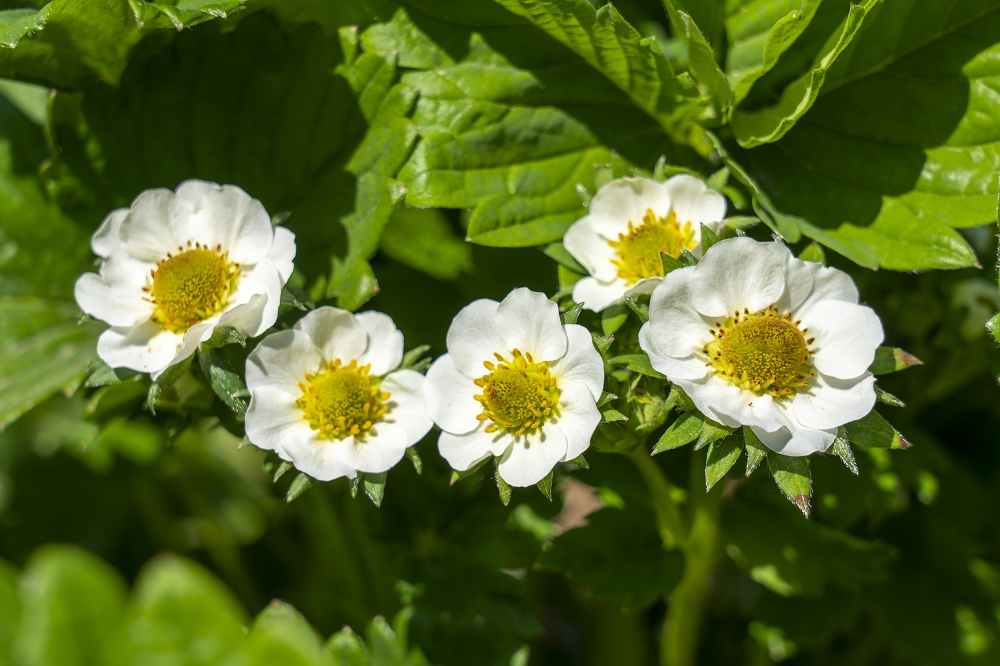
How much water do strawberry plants need?
Like most fruit, strawberries will benefit from regular water. Aim to keep the soil damp but never let it get waterlogged. Adding lots of organic matter to the soil will help with good drainage.
Like most fruit, they can suffer from fungal diseases. Dripper irrigation (rather than sprayers) will help the soil stay moist without getting the fruit wet.
You can also avoid fungal diseases and mould with good watering practices such as not watering in the evening (when the water will sit on the plant for longer).
Pick off any damaged fruit so that mould or fungus doesn’t get a chance to take hold. If the fruit is rotting with a brown tinge, spraying with wettable sulphur will help to stop the spread of disease.
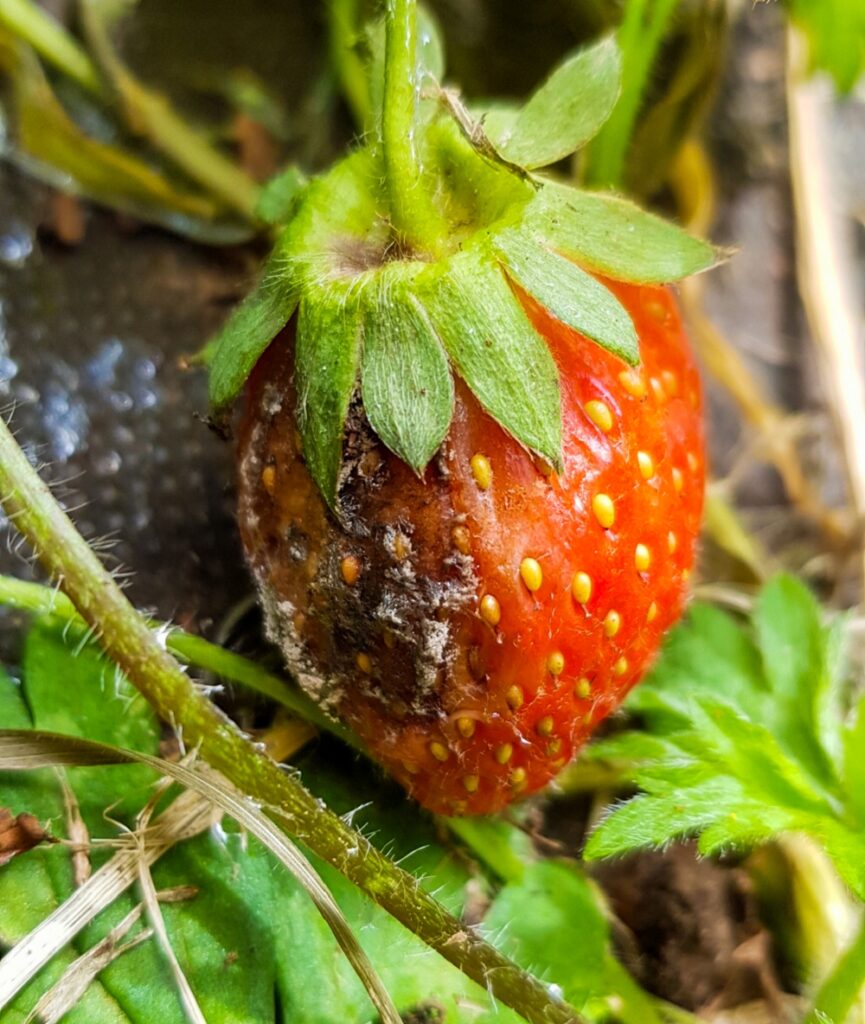
Strawbery plants like damp (but not waterlogged) roots, but the fruit hates sitting on damp soil. This can cause lots of problems with rotting, fungal diseases, and pests like slugs. A great protective strategy is to keep your strawberry plants mulched once the fruit starts forming.
It would be nice and tidy to think the name strawberry comes from how much they like resting on straw, but it’s actually from an old English name for them that was more like ‘strewn’ and described how they spread through runner systems. Still, it’s a handy reminder of how much they like mulch!
How to prevent pests on strawberries
You may find you’re fighting the birds for a strawberry harvest. Netting them is one way to protect them, and years have experience have shown us that it’s the most effective method by far.
However, creating a net like the simple domed net at York Town Organics that Katie is admiring below may be beyond your capacity. Another trick we’ve seen is to poke sharp sticks in the patch to deter little birds, but it’s a lot of work, and surprisingly easy to forget where the sticks are and end up poking yourself when you’re picking or weeding.
Slugs are one of the most common pests for strawberries. Making sure there’s plenty of dry mulch for the fruit to sit on helps, but you may also need to remove slugs by hand. You can also try slug traps, or using copper tape as a barrier.

How to harvest strawberries
It’s easy to tell when strawberries are ripe. Their vibrant red is all the cue you need! Wait until the fruit is red all over rather than harvesting too early.
But if you get it wrong, no matter! Strawberries will continue to ripen a bit more after they’ve been picked, but the flavour won’t be as good as bush-ripened. Getting the picking time ripe definitely gets easier with experience. Hopefully you’lll have an absolute bounty to pick, and more ripe fruit within a day or two.
One interesting thing we have noticed when harvesting is that the fruits are a bit sweeter if they haven’t been watered or received heavy rainfall in the days before harvest. It’s almost like the sugars condense!
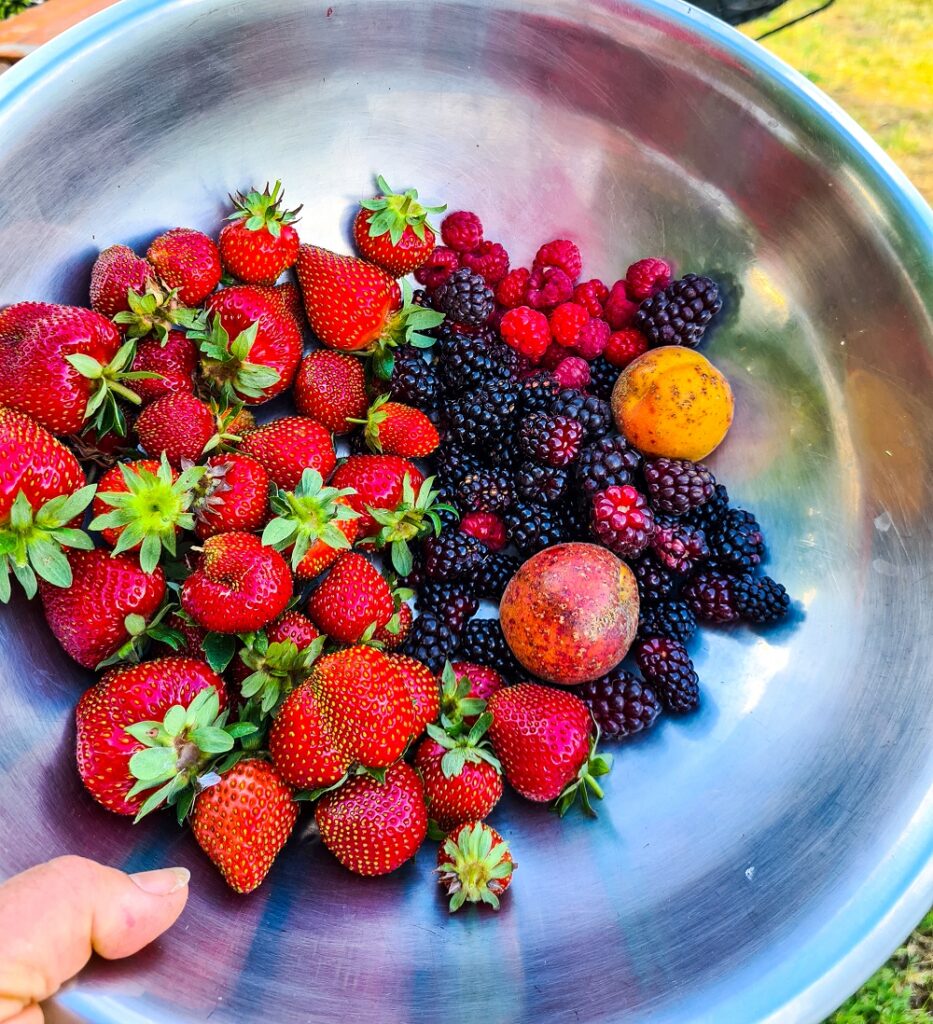
After you grow your strawberries, then pick them!
Strawberries will keep for several days in the fridge. They’ll keep much better if you pick them with the stalk on. Buuuut… we can’t say that we’ve ever had to worry too much about that. They’re eaten very quickly in our house! They will also keep better if they are stored dry rather than damp.
If you have a glut of fruit you can freeze them, but be aware that they’ll lose their texture when defrosted. They’re also apparently a good candidate for freeze-drying for those with serious preserving gear. If you have enough fruit, you can also make another of life’s great pleasures: homemade strawberry jam!
We hope we’ve inspired you to make some space in your patch for at least a few strawberry plants. Let us know how they go!
Related Articles
3 simple ways to improve your soil
Here are 3 simple ways to kickstart the health of your soil to help you grow fruit that is full of vitamins and minerals.
How to grow your own multigraft or fruit salad tree
Multigraft trees are a no-brainer for many gardens, as they reduce risk and provide a bigger variety of fruit, without taking up more space.
Saving heritage fruit trees by planting them
Many heritage fruit tree varieties are in danger of going extinct. The best way to save them is by planting them in your backyard.




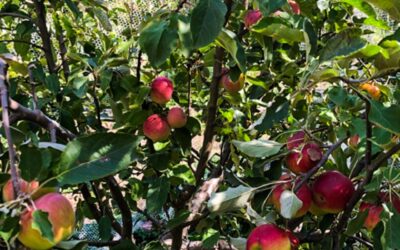
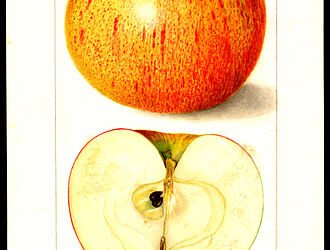


My problem is Midge curling leaves in apple trees. I live in Ontario and had to cut off a 6-year old tree. One other is affected already.
Also I have Squires Chad chip monks. How wide is a metal cover to let the bees to enter?
I love your newsletter.